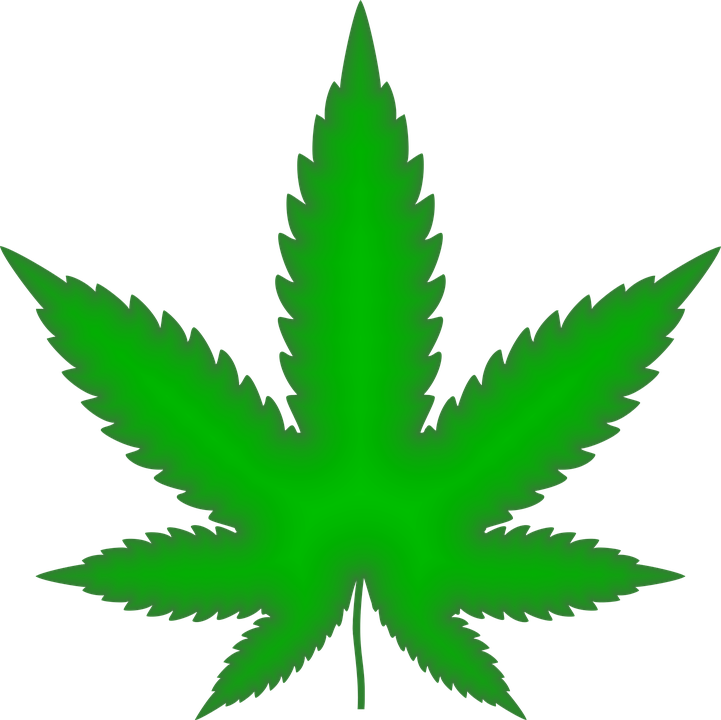Narcotics and dangerous drugs can be categorized by the effect. They may be depressants, stimulants or hallucinogens.

1.DEPRESSANTS:
Depressants act upon the central nervous system and decelerates its activity. Drug abusers name it as “high” which means a state of well- being and comfort an escape from the reality with which they cannot manage. This imagined state of mind is called euphoria. The following drugs all in this category:
(1) Opium: Opium is the milky-white juice that is attained from the cover of the poppy plant, Papaver Somniferum. The substance darkens to blackish brown colour and thickens upon exposure to air. In India, it is grown in some corridor of Rajasthan, Madhya Pradesh. Raw opium has a distinctive and pungent odour. It is generally abused by smoking in long stemmed pipes. Habitual use of opium leads to both physical and mental dependence and forbearance builds up. Withdrawal symptoms, like becoming nervous, restless, anxious, sweating. running eyes and nose develop when the medicine force is cut off.

(2) Morphine: Morphine is obtained from raw opium base through a chemical process in which ten kilogram of raw opium yields one kilogram of morphine base. It usually appears as an odourless white crystalline powder on the illicit market. It may also obtained in tablet, capsule, and liquid form. Morphine is generally administered by injection with hypodermic syringe. When consumed morphine creates both mental and physical dependence in the stoner. Ecstaticstate is obtained with morphine, and the user may present a sleepy or relaxed appearance with constricted pupils of the eyes. Morphine is 3 to 5 times powerful than opium as an analgesic.
(3) Heroin: Heroin is derived from morphine. It is odourless, crystalline white powder which does not have any known medical use. Heroin in its impure form is called as brown sugar. It is received in the form of powder and capsules. It is 10 to 15 times more stronger than morphine. Heroin is either fitted or scented into the body. The effects of heroin are analogous to those of opium and morphine, but due to its high energy its effect on the stoner is more violent and destructive.
(4) Codeine: Codeine is also deduced from morphine, but is less effective as analgesic. It is received in tablets, capsules and in liquid form. It is administered orally or by injection. In drug category, codeine is the base of numerous pain relievers and cough remedies. Addicts use codeine when more powerful pain killers are not available.
(5) Synthetic opiates: Synthetic opiates can also create mental and physical dependence in the abuser, but are somewhat milder in their effect than morphine or heroin. Common among them are methadone and pethidine (commercial name Demerol). A heroin dependent person can be treated with doses of methadone to reduce the use of heroine.
(6) Barbiturates: Barbiturates are a group of non-narcotic drugs that are deduced from barbituric acid. They are generally referred to as “downers”, because they relax, produces a feeling of well-being, and produce sleep. They act on the main nervous system to suppress its vital functions. There are about 25 barbiturate derivatives, but only five, namely, amobarbital, secobarbital, Phenobarbital, pentobarbital, and butabarbital are most commonly used. Barbiturates come in tablets, powders and capsules. They appear in variety of colours and are known by the slang terms (eg “yellow jackets”, “blue devils”, “blue birds” etc.).
2. STIMULANTS:
Stimulants excite or stimulate the central nervous system. They are obtained from natural sources and can be man-made. Following are some of the examples:
(1) cocaine: Cocaine is the active alkaloid acquire from the coca leaves. When extracted and refined, cocaine is a white crystalline powder, and is often known in addict circle as “snow”. It causes mental but no physical dependence. Tolerance does not develop. Cocaine produces a sense of euphoria and a feeling of increased alertness and vigor accompanied by the suppression of hunger, fatigue, and boredom.
Cocaine is usually sniffed, but is also injected. Some medicine abusers use cocaine with other medicine similar as morphine or heroin. Such combinations are called “speed balls”. The after effects of this drugs include anxiety, restlessness and depression. It causes dilation of the pupils of the eyes, and users who sniff cocaine over a period of time develop running nose and sniff frequently.
(2) Amphetamine: Amphetamines are synthetic non-narcotic dangerous drugs that stimulate the central nervous system. They are extensively used by truck drivers, night watchmen, and scholars to keep them awake or increase alertness, which is frequently followed by a decrease in fatigue and a loss of appetite. Though, once the effects of drug are off, depression may set in. Amphetamines appear in capsule, tablet, or liquid form. They are taken either orally or by injection. They are known among drug abusers as “dexies”, “pep pills” etc. Abuse of these drugs create mental but not physical dependence.
(3) Methamphetamine: Methamphetamine is another form of amphetamine called “speed” because of its rapid stimulation of the central nervous system. Met amphetamine appears in capsule, tablet, or liquid form.
3. HALLUCINOGENS:
Hallucinogens are drugs that can cause marked changes in normal thought process, perceptions, and moods. Following are the most popular drugs belonging to this
(1) Marijuana: Marijuana is derived from the plant, Cannabis Sativa The plant secretes a sticky resin that is known as hashish (charas). The chemical ingredient of the resin is called tetrahydrocannabinol (THC) The highest concentration of (THC) is found in the flowering tops of the female plant. The dried flowering tips, stem and seeds are used for preparing cigars and smoked as Ganja.
The leaf preparations are often taken in some parts of the country. It is known as Bhang. Recently, a new form of hashish, known as “hashish oil”, has appeared in the illicit market. It is the resin, which is extracted with appropriate solvent Marijuana abuse can lead to mental dependency. A distortion of time is one of the effects. Other effects are alterations in depth perception, powers of concentrations, peripheral vision, distance perception, emotions, motivation etc. Marijuana has no known therapeutic use.

(2) LSD (Lysergic Acid Diethylamide): It is the most potent hallucinogenic drug derived from ergot, a fungus that grows on rye. It does not have any known medical use. It is a tasteless, odourless, and colourless liquid in its pure state and is typically taken orally. In the lawless market, it can be setup as a tablet, crystalline powder in various capsules, or in liquid form in ampoules. It is often saturated in sugar cubes and to be eaten by the receiver. LSD primarily affects the nervous system by producing changes in mood and behaviour. It may also dilate eye pupils, cause tremor, also increase temperature and blood pressure. A dose of LSD is in the range of 0.05 to 0.25 mg Quantities in milligram can result in fatalities.
(3) Other hallucinogens: There are a substantial number of substances of widely varying chemical composition, which come under hallucinogenic group. Mescaline is obtained from the buttons of the peyote cactus Psilocybin is obtained from mushrooms that grow in Mexico. DMT (Dimethyltryptamine) is found in the seeds of certain native plants of West Indies STP is a synthesized product. These drugs when taken are not likely to produce physical dependence, but may develop a psychic dependence.
Designer Drugs
A “Designer drug” is a new term applied to an analogue of a controlled substance, which when produced does not come under the preview of prohibited substances. However, the drug so produced has similar effect to that of the parent drug. Analogue of Fentanyl and Meperdine are found in the market. For example, Fentanyl is a narcotic analgesic drug, which is several times more potent than morphine. A minor modification to the Fentanyl molecule by way of adding another molecule to the original chain can produce an analogue, which is even more potent than even Fantanyl and yet would not come under the category of controlled substances.
For more updates, subscribe to our blog.






